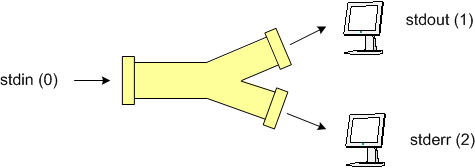

Local named pipes runs in kernel mode and is extremely fast.įor TCP/IP Sockets, data transmissions are more streamlined and have less overhead. If the server application is running locally on the computer running an instance of Microsoft® SQL Server™ 2000, the local Named Pipes protocol is an option. It is also important to clarify if you are talking about local pipes or network pipes. These can be very costly in a slow network and cause excessive network traffic, which in turn affects other network clients.
#Secure pipes local forward vs remote forward series
A network read typically involves a series of peek named pipes messages before it begins to read the data. A peer does not send data until another peer asks for it using a read command. This is because of the different ways the interprocess communication (IPC) mechanisms communicate between peers.įor named pipes, network communications are typically more interactive.

However, the performance difference between the TCP/IP Sockets and Named Pipes clients becomes apparent with slower networks, such as across wide area networks (WANs) or dial-up networks. In a fast local area network (LAN) environment, Transmission Control Protocol/Internet Protocol (TCP/IP) Sockets and Named Pipes clients are comparable in terms of performance. But I am not sure if the implementation in SQL Server also garantuees delivery.Īs a follow-up.here is some info from the SQL Server books Online: So TCP/IP is certainly better if performance is an issue. But on the other hand, I think they include a garantueed delivery mechanism. You could have some problems if you're not using a domain, but everyone is logging on as a local user on his/her machine.Īs for the performance, you're correct in stating that named pipes incurs more overhead on the network. Shouldn't be a prohibitive amount of work, provided your NT security is set up correctly. You will have to add the correct database roles to the NT user or NT group that is needed. So the only difference is the fact that there might be some additional user management if you're using NT authentication. TCP/IP does not have to have a valid NT login, but if you enable NT authentication on the SQL Server, you have the same result.

Otherwise, the network layer can't get started.Ģ. Named pipes requires you to have a valid NT login on the database server. Don't have a lot to say about this subject, except for the following.ġ.


 0 kommentar(er)
0 kommentar(er)
